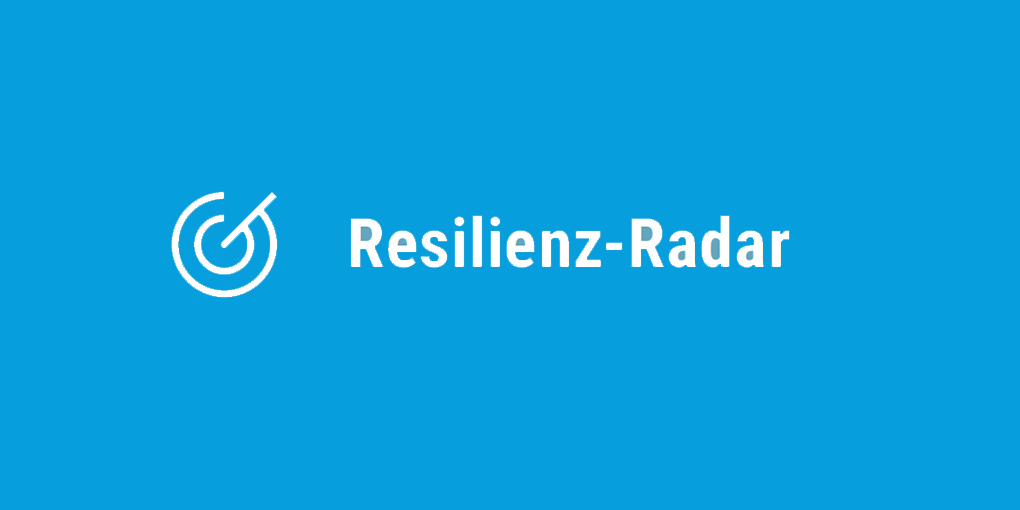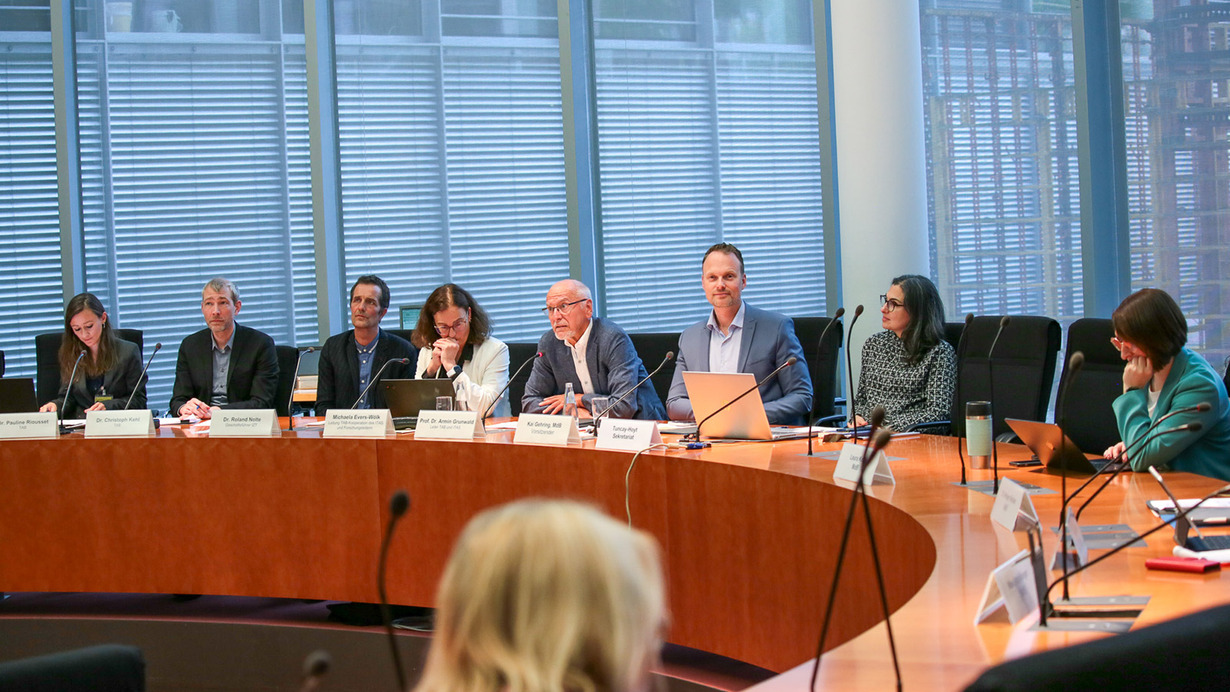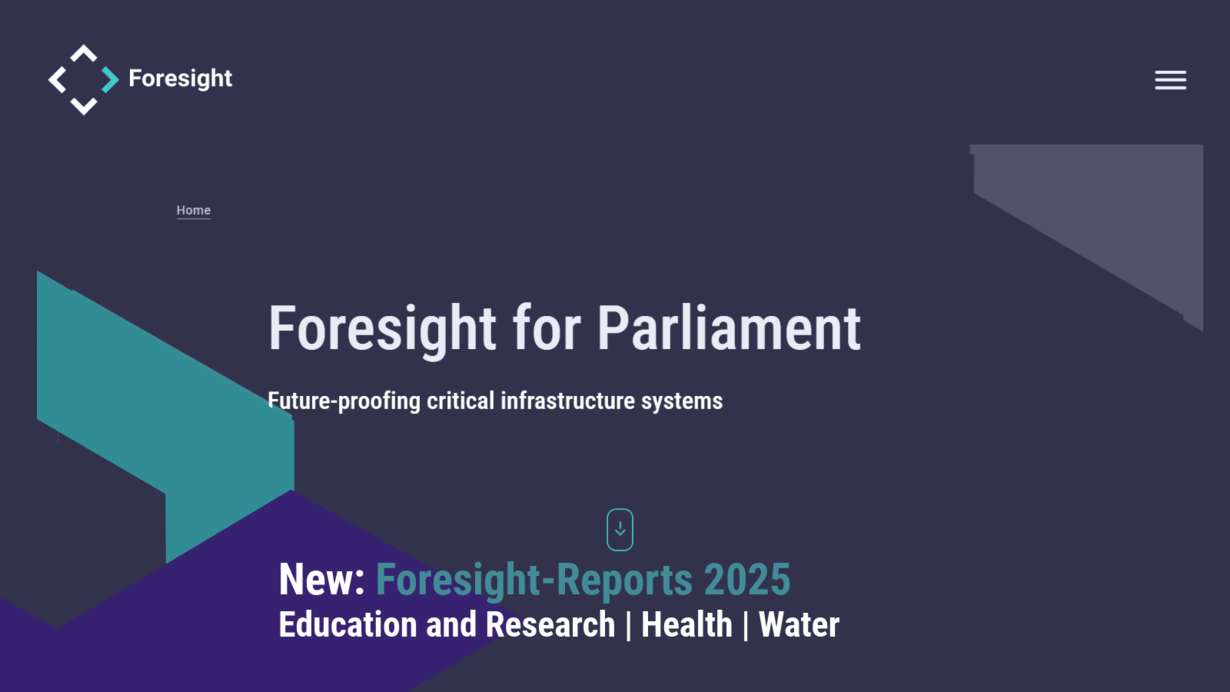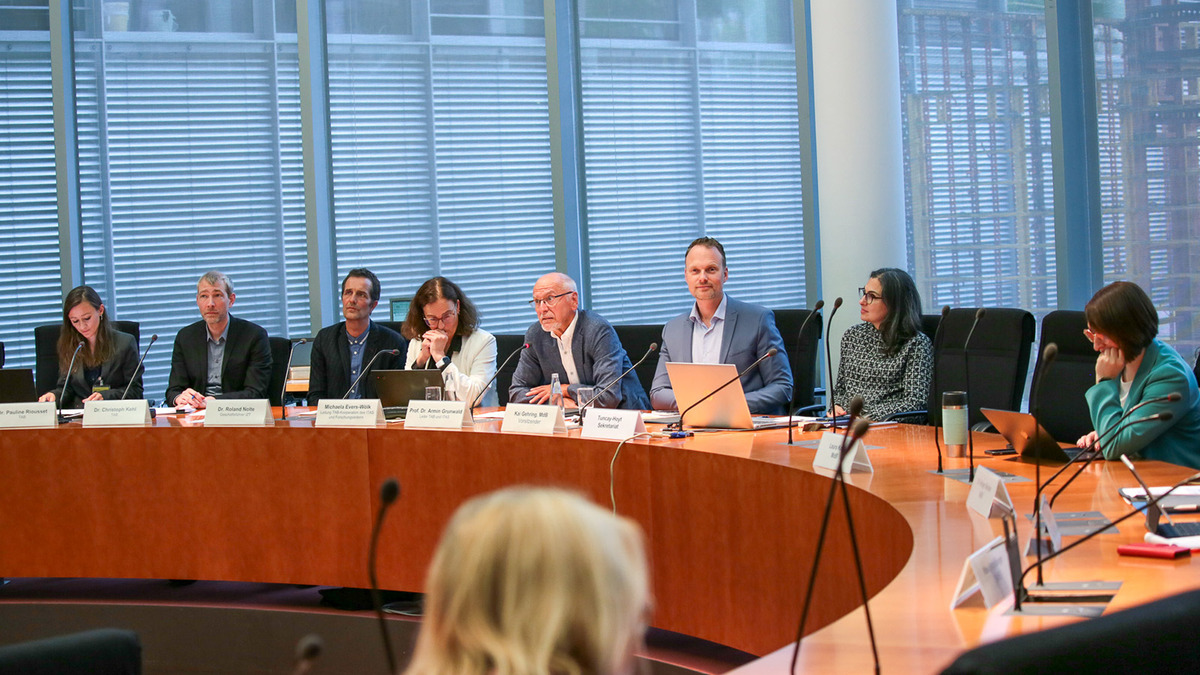
Resilience radar
- Project team:
TAB: Christoph Kehl, Pauline Riousset
Konsortialpartner IZT: Michaela Evers-Wölk, Roland Nolte, Nona Bledow, Maren Eickhoff, Carolin Kahlisch
- Thematic area:
- Startdate:
2023
- Enddate:
2028
sprungmarken_marker_4346
Background and objectives
We live in a time of many crises and upheavals. The geopolitical situation in the world, with a war in Europe, advancing climate change, but also groundbreaking technological innovations such as generative AI, to name just a few current examples, are leading to new challenges and changing risk situations for politics and society. In view of these challenges, the Resilience radar is intended to contribute to our extended foresight activities by helping to make key infrastructure systems future-proof and resilient, and to support forward-looking policy-making as a continuous advisory service.
The Resilience Radar is based on an explicit socio-technical definition of critical infrastructure systems. By this we mean facilities, plants, structures and systems that are of central importance for the smooth functioning of society. They include not only physical and technological components, but also economic, social, political, organisational and cultural elements associated with the development, use and maintenance of infrastructure.
This understanding is also critical to resilience design. To achieve resilience, it is necessary to take a holistic view of the socio-technical framework, but also of the path dependencies.
The Resilience radar, the results of which are published annually in the Foresight Report, is used to continuously analyse trends, systemic risks and hazard potentials for selected critical infrastructure systems. In addition, focus topics are identified for the extended Resilience check.
| 2023/2024 | 2024/2025 | 2025/2026 | 2026/2027 | 2027/2028 |
|---|---|---|---|---|
| Energy | Education and research | Waste | Information technology and telecommunications | Social services |
| Agriculture and food | Healthcare | Finance and insurance | Media and culture | Space |
| Transportation and mobility | Water | Government and administration | Ecosystems/ green infrastructure | Civil protection and disaster control |
Status: September 2024 (If current developments make it necessary, the breakdown and order of the infrastructure course systems may still be adjusted in consultation with the TA rapporteur group)
Methodological approach
The Resilience radar is used to identify trends that pose systemic risks and challenges to socio-technical infrastructure systems. Based on these trends, the consequences of systemic risks and potential hazards are assessed for each critical infrastructure system. Based on topics that are actively discussed in society, science and politics, developments are identified that could affect the functionality and resilience of the respective critical services and infrastructures.
The Resilience radar is being implemented in three successive phases. The expertise of internal and external experts is used in all phases. The results of all three phases are then analysed in an integrated manner and summarised in an annual Foresight Report.
Phase 1: Identification of socio-technical trends and risk assessment
In the first phase, foresight and TA studies in the environment of the selected infrastructure systems will be identified and analysed. In particular, medium to long-term trends that have a demonstrable impact on the infrastructure systems will be identified. In addition, relevant scientific sources for the analysis of systemic risks are evaluated, taking into account the results of the TA project "Crisis radar - strengthening the resilience of society, politics and the economy through crisis prediction". Emerging socio-technical trends may pose a threat to societies or economic systems as a whole, and thus fundamentally entail the risk that the functionality and stability of infrastructure systems may be significantly impaired if these risks materialise.
merging socio-technical trends are also identified using software and AI technologies. For this purpose, a pool of sources has been established, including relevant databases (e.g. EPTA, ORBIS, Knowledge4Policy, OpenTA), publications (foresight studies, trend reports, conference proceedings and preprints), scientific platforms (e.g. ScienceDaily) and journalistic background analyses (Tagesspiegel Background, Heise online). The latest publications are retrieved semi-automatically and continuously via a central platform. The team regularly reviews the articles and assesses their relevance to the selected infrastructure systems. In addition, media analysis software with access to 150 million online sources is used to search for innovations. The focus is on daily and weekly newspapers and online news.
Phase 2: Interviews and workshops on systemic risks and in-depth topics
In the second phase, interviews will be conducted with selected experts in order to gather their expertise, assessments and opinions on key trends and challenges as well as interdependencies related to systemic risks to infrastructure systems. A standardised set of guidelines and questions will be developed for the interviews. Based on the results of the interviews, moderated infrastructure-specific workshops will be held with selected experts. The first results of the work on the system picture of the respective infrastructure system and on relevant trends and possible consequences of systemic risks will be presented and discussed. Finally, an assessment of policy relevance and possible in-depth topics will be made. During the interviews and workshops, the interviewees' answers as well as further comments, notes and detailed explanations are recorded and the results are then evaluated qualitatively.
Phase 3 Exploratory online survey and evaluation
In the third phase, an exploratory online survey is carried out for each of the infrastructure systems with the involvement of the expert panel using the SoSci Survey software and involving the expert panel. The task is to select trends based on the previous steps and to evaluate them in terms of their impact on the vulnerability and resilience of the infrastructure system in question. The experts will also be asked to identify which trends could contribute to increasing the resilience of infrastructure systems over the next 10 years and which trends could particularly hinder the transformation of infrastructure systems towards climate neutrality. They are also asked to assess how the resilience of each infrastructure system is currently assessed in relation to priority systemic risks. Finally, for each system, the experts are asked to identify the key issues that should be prioritised by policymakers over the next five years with regard to the resilience of the infrastructure system. The quantifiable part of the results will be analysed statistically, while the comments, suggestions and detailed explanations will be subjected to a qualitative analysis.
Expert panel
We systematically draw on the expertise of our international networks for the foresight process. To this end, we are gradually building up an expert panel and regularly asking selected experts for their views on current trends. The expertise gained is used in particular for the development and validation of the foresight report.
More than 100 experts have been involved in the analysis of tinfrastructure systems in the first two cycles of the project, through interviews, facilitated workshops or an exploratory online survey. Details on experts you find in each report on our microsite.
Foresight Reports
Bledow, N.; Eickhoff, M.; Evers-Wölk, M.; Kahlisch, C.; Kehl, C.; Nolte, R.; Riousset, P.
2025, September. (Büro für Technikfolgen-Abschätzung beim Deutschen Bundestag (TAB), Ed.)
Bledow, N.; Eickhoff, M.; Evers-Wölk, M.; Kahlisch, C.; Kehl, C.; Nolte, R.; Riousset, P.
2025, September. (Büro für Technikfolgen-Abschätzung beim Deutschen Bundestag (TAB), Ed.)
Bledow, N.; Eickhoff, M.; Evers-Wölk, M.; Kahlisch, C.; Kehl, C.; Nolte, R.; Riousset, P.
2025, September. (Büro für Technikfolgen-Abschätzung beim Deutschen Bundestag (TAB), Ed.)
Bledow, N.; Eickhoff, M.; Evers-Wölk, M.; Kahlisch, C.; Kehl, C.; Nolte, R.; Riousset, P.
2024, June. (Büro für Technikfolgen-Abschätzung beim Deutschen Bundestag (TAB), Ed.)
Bledow, N.; Eickhoff, M.; Evers-Wölk, M.; Kahlisch, C.; Kehl, C.; Nolte, R.; Riousset, P.
2024, June. (Büro für Technikfolgen-Abschätzung beim Deutschen Bundestag (TAB), Ed.)
Bledow, N.; Eickhoff, M.; Evers-Wölk, M.; Kahlisch, C.; Kehl, C.; Nolte, R.; Riousset, P.
2024, June. (Büro für Technikfolgen-Abschätzung beim Deutschen Bundestag (TAB), Ed.)
Workshop discussion
Resilience and crisis prevention are important topics for the German Bundestag. In a first workshop discussion on future critical infrastructure security on 3 July 2024, we presented the Resilience Radar to interested parliamentarians and discussed key findings of the 2024 Foresight Report.
- Program workshop discussion (PDF), in German
- Presentation Foresight Report 2024 (PDF), in German

Presentation and discussion of the Foresight Report 2024 on 3 July 2024
More


